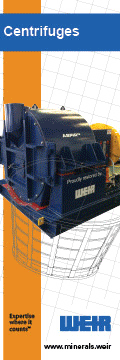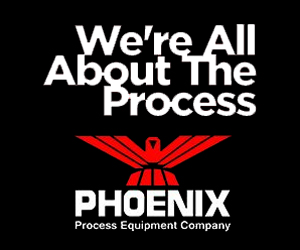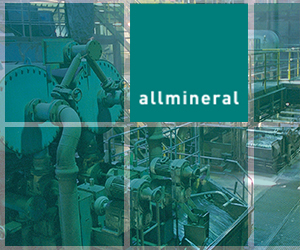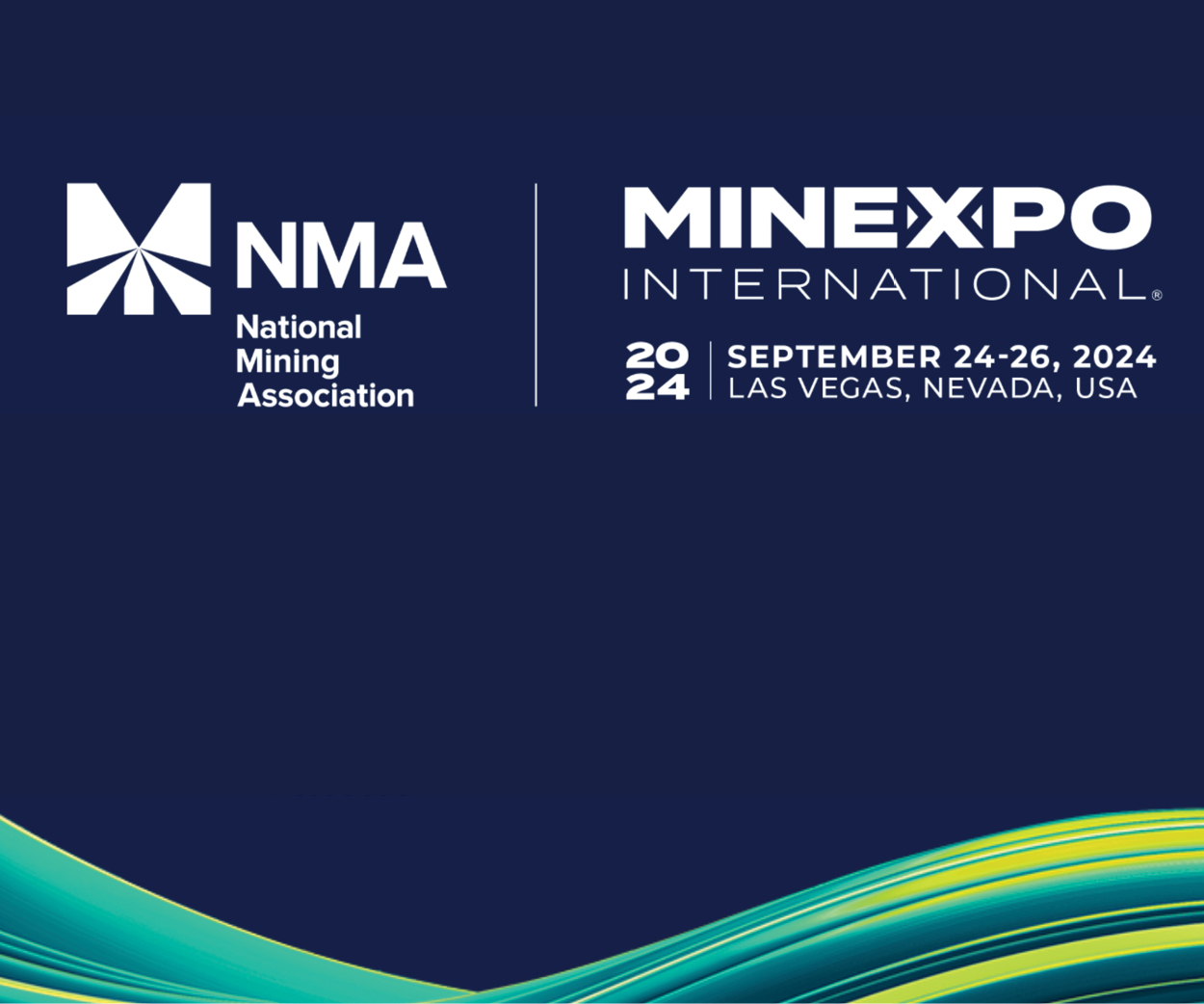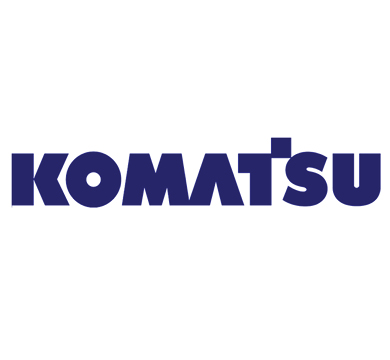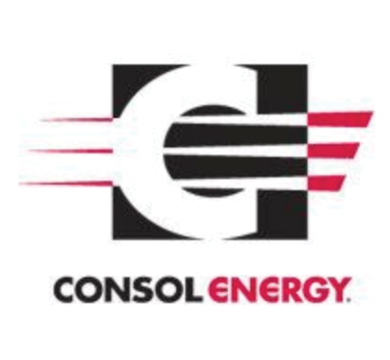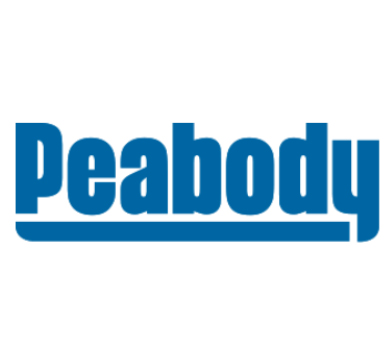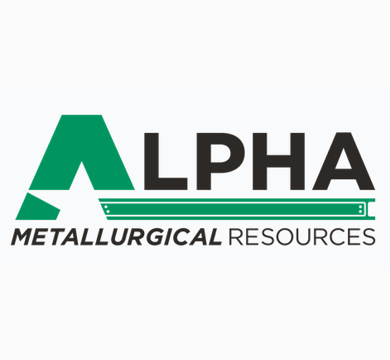Nevada’s Top Mining Stories of 2017
Mining headlines in 2017 united the hardrock mining community of Northern Nevada, as readers rallied around news of tragedies, growth, regulatory changes and giving. Here is a look back at the top mining-related stories of the year.
FOND FAREWELLS
The community grieved the loss of Pete Kuhn and Omar Bernal in an accident at SSR Mining Inc.’s Marigold Mine in Valmy Oct. 31 when a haul truck crushed the front end of a passenger van. Kuhn, 60, died at the scene, and equipment operator Bernal, 39, died the next morning. The other seven passengers, plus the haul truck driver, were hospitalized for noncritical injuries.
In response, area residents held celebrations of life and conducted remembrances in their honor, and mining companies everywhere shared the story with compassion in safety meetings, reminding everyone to be safe.
“Hug your children. Kiss your husbands,” said Dawn McClary, executive director of the Battle Mountain Chamber of Commerce.
Another loss to the mining industry came with the death of drilling pioneer Lew Eklund. The National Mining Hall of Fame honoree died July 19 at the age of 85. He devoted more than 45 years to the mining industry and contributed his talents to northeastern Nevada.
Eklund, along with wife JoAnn and supportive friends, founded Eklund Drilling in 1960, landed a contract with Newmont’s Carlin Trend property, then went on to make innovations that increased mine productivity and decreased environmental impact. He contributed to the design of 10 drill rigs, including the Cyclo Blower rig, which increased output by more than 20 percent. Other models such as a truck-mounted drill on tires instead of tracks help protect the environment.
Beyond mining, Eklund dedicated his time to filming Carlin High School events and expanded his talents to include oral histories at the Northeastern Nevada Museum, playing for the Silver Stage Players, and documenting the Grass March Cowboy Express.
On its 20th anniversary of publication, Mining Quarterly also said goodbye to editor Marianne Kobak McKown, who resigned to take a leadership position with a local nonprofit organization. The Elko Daily Free Press welcomed Suzanne Featherston as mining editor in July.
DISRUPTIONS
Mining was also disrupted by fires and accidents in 2017. In mid-July, the Rooster Comb fire went through 15,000 to 20,000 acres of Newmont Mining Corp.’s TS Ranch in Boulder Valley, and Klondex Mines Ltd. Had to evacuate its Hollister underground mine in northern Elko County as the fire came near the mine.
A rollover accident on State Route 766 closed the road for several hours in May, blocking access to gold mines on the Carlin Trend. A semi-truck rolled and blocked traffic in the canyon 11 miles north of Carlin near Gold Quarry Mine.
SAFETY
Dangers on and off mine sites are an ever-present industry concern, and to ensure preparedness, Elko hosted the Mine Safety Olympiad in July. Fourteen mine rescue teams approached a mock disaster scene involving a bomb blast and drilling rig, with at least one “victim” left unresponsive 40 feet in the air.
The teams competed the first day in confined space, firefighting, medical emergency, hazardous materials, high angle ropes, triage and written exam. Competing this year in addition to Black Thunder and Kinross Bald Mountain were Barrick Nevada Combined, Barrick Nevada Cortez, Barrick Nevada Goldstrike, Boron Operations, Newmont Carlin, Newmont Cripple Creek and Victor, Newmont Long Canyon, Newmont Phoenix, Newmont Twin Creeks, Peabody NARM and Rio Tinto Kennecott.
State mine operators and individuals earned recognition for their safety records at the Nevada Mining Association’s annual convention in September. Telling the success stories of the industry became a theme of the event at Harrah’s Lake Tahoe in Stateline.
“We have a good story,” said incoming NvMA Board Chairman Timothy Dyhr, vice president of environment and external relations for Nevada Copper.
Perhaps no other story type, however, is more meaningful than those of mine workers staying safe and going home every night to their families. The NvMA Safety Awards crowned the convention on the last day, as the association bestowed 30 awards to mine operators and 42 awards to individuals.
“Safety continues to be the No. 1 priority for Nevada mining companies and employees,” said Dana Bennett, NvMA president. “NvMA is thrilled to give thanks to and recognize the hard-working men and women who continue to dedicate themselves to making mining one of the safest industries in our great state.”
Additionally, Barrick Gold Corp., Kinross Gold Corp. and Tertiary Minerals, US Inc. received recognition from the National Mining Association, the U.S. National Institute of Occupational Safety and Health, the U.S. Department of the Interior’s Office of Surface Mining Reclamation and Enforcement, and the Bureau of Land Management in Washington, D.C., Nov. 6 during the Sentinels of Safety celebration.
GROWTH
The expansion of mine operations garnered attention in 2017 as Newmont Mining Corp. expanded Exodus and started underground mining at Twin Creeks; McEwen Mining Inc. began development of the Gold Bar Project; and lithium exploration grew as national attention turned to large-scale energy storage.
Despite plans to finish mining at Exodus this year, Newmont will not leave that underground any time soon, as the company began an expansion called Northwest Exodus, according to a March Elko Daily Free Press article. Northwest Exodus will be an 800,000-ounce expansion of Exodus. It extends the mine life until 2028.
Newmont also delved underground with Small Mine Development at Twin Creeks near Winnemucca after earning approval and funding in July. The site celebrated three landmarks in 2017: 30 years since inception, 20 years since becoming a Newmont property, and commencing the site’s first underground mining.
“It’s exciting that the timeline lines up,” Twin Creeks General Manager Melissa Harmon said Nov. 9. “Twin underground is really our first effort to go underground here at Twin Creeks, and to have that be on the 30-year anniversary at Twin Creeks and 20 years of being a Newmont site, it gives this site some hope for longevity in the future.”
The team anticipates that the mine initially will produce about 600 ore tons a day and ramp up to about 1,200 ore tons a day in the last two years covered by the mine plan, which extends through 2021. The development is expected to total 9.7 miles. The Twin Creeks underground defined resource is about 1.3 million tons containing more than 244,000 ounces of gold. With those numbers, the mine plan shows that Twin Creeks underground is viable for about five years, but Harmon said she anticipates that mine life will extend much longer.
Outside of Eureka, McEwen Mining hit the ground running to develop the Gold Bar Project after the Bureau of Land Management gave the green light Nov. 7. The heap leach operation is one of Nevada’s newest greenfield operations.
Paying capital costs of about $80 million, the company expects to build the leach pad in spring, install mechanics and equipment in summer and begin operation in late 2018. If construction progress continues into the winter and stays on schedule for next year, Gold Bar might celebrate its first gold pour in the first quarter of 2019.
Once in production, Gold Bar is expected to produce about 65,000 ounces of gold a year — 8,000 tons of ore a day — for a seven-year mine life. Design for the site on mostly BLM and some private lands calls for four open pits. Two pits already exist from former workings, developed between 1988 and 1994. The resource totals about 500,000 ounces.
RULES
Regulatory changes that came down from Washington, D.C., this year could prove to be a boon to the mining industry.
The U.S. Department of Interior on Oct. 5 announced that the U.S. BLM nixed plans to withdraw 10 million acres of public land from exploration and mining to protect greater sage grouse habitat, finding that future mining is not a threat to the habitat.
“These land-use restrictions and withdrawals were a blatant overreach by the BLM and a thinly veiled attempt to impose a top-down policy, completely disregarding states’ efforts, statutory requirements and public involvement,” American Exploration & Mining Association Executive Director Laura Skaer said.
In other regulatory news, a report deemed the U.S. “fully, majorly, or partially dependent” upon foreign competitors and adversaries to supply 23 critical minerals. The U.S. DOI and U.S. Geological Survey released the study Dec. 19, prompting President Donald Trump to sign an executive order to reverse the trend.
“This executive order will prioritize reducing the nation’s vulnerability to disruptions in our supply of critical minerals safely and responsibly for the benefit of the American people,” Trump said. “The United States must not remain reliant on foreign competitors like Russia and China for the critical minerals needed to keep our economy strong and our country safe.”
The comprehensive order aims to identify new sources of critical minerals, ensure miners and producers have access to the best data, and streamline the leasing and permitting process to expedite production, reprocessing and recycling of minerals at all levels of the supply chain.
GIVING
As 2017 comes to a close, it is appropriate to revisit the mining industry’s notable contributions to the community. The area’s mine operators provide employment, competitive salaries and benefits, and go out of their way to donate to causes that enhance the quality of life of their employees and families. The list of giving is extensive, but a couple of instances most caught the attention of Elko Daily and Mining Quarterly readers.
Klondex Mines Ltd. returned more than 3,200 acres to Western Shoshone as the company transferred the deed for five parcels, including the sacred Rock Creek lands northeast of Battle Mountain, to the tribes Aug. 17.
This landmark donation from a mining company to Nevada’s indigenous people reflects the modern mining industry’s emphasis on being good neighbors, said Nevada Mining Association President Dana Bennett.
“We are delighted — we are all delighted — that we’re receiving the land that really is Shoshone land, and we’re grateful,” said Naomi Mason, a Western Shoshone elder from the Duck Valley Indian Reservation, at a donation celebration in Battle Mountain on Aug. 18. “The elders persisted, and so here we are.”
Newmont employees set records for percent participation and donations dedicated to the company’s charitable workplace giving campaign in Nevada this year.
Seventy-five percent of Newmont’s Nevada employees participated, pledging $1.45 million to area nonprofit organizations to be distributed in 2018. The mining company plans to match equally the employee donation to raise the total to a record $2.9 million.
This is the company’s eighth year conducting the program, through which employees can elect payroll deductions to contribute to a nonprofit of their choice. Newmont covers all the administrative costs of the program so that 100 percent of employees’ contributions and the company match go to help some of the more than 200 Nevada-based nonprofits.
“We’re so proud of our employees’ generosity, as this year’s campaign represents the largest amount we’ve ever raised as part of our workplace charitable giving programs,” said Nancy Ostler, executive director of the Newmont Legacy Fund.
Mining companies also made sizeable donations to support the Elko Sports Complex, a playground, Nevada schools, Western Shoshone youths, the local shelter, Great Basin College, veterans and more.
- By: Suzanne Featherson, Elko Daily Free Press





